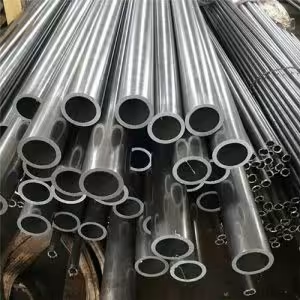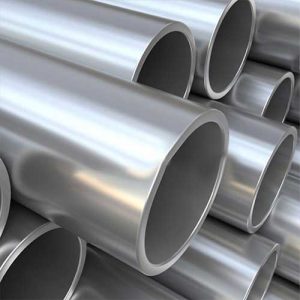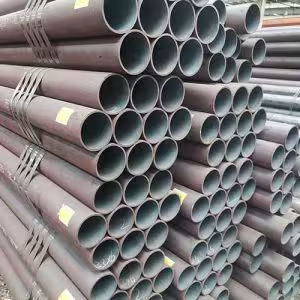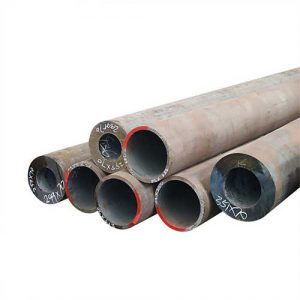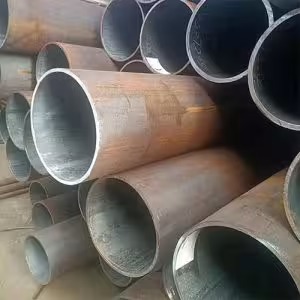Welcome to My Blog!
Before we dive into the content, I’d love for you to join me on my social media platforms where I share more insights, engage with the community, and post updates. Here’s how you can connect with me:
Facebook:https://www.facebook.com/profile.php?id=61565500692293
Now, let’s get started on our journey together. I hope you find the content here insightful, engaging, and valuable.
Table of Contents
Introduction
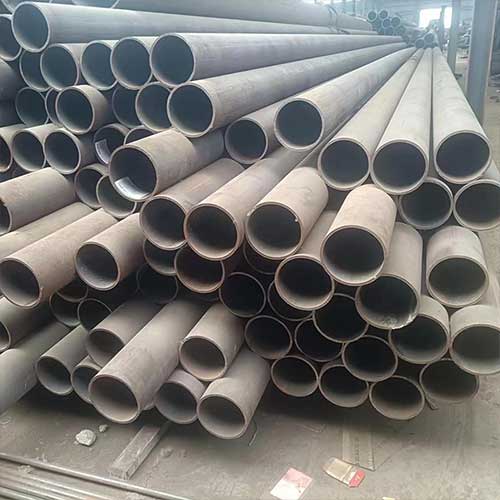
Carbon steel seamless pipe is an essential component for a variety of industrial applications because of its strength, durability and reliability. Seamless steel pipe is favored because of its seamless design, which eliminates the weakness of welded seams that can exist in welded steel pipe. In this comprehensive guide, we’ll look at the factors to consider when selecting seamless carbon steel pipe for your specific needs, the benefits of seamless steel pipe, and how to ensure you choose the right product for your project.
Understanding Carbon Steel Seamless Pipes
What Are Carbon Steel Seamless Pipes?
Carbon steel seamless pipes are tubular products made from carbon steel, which is an alloy of iron and carbon. The term “seamless” refers to the manufacturing process where the pipe is formed without a weld seam, creating a uniform cross-section throughout its length.
Why Choose Seamless Pipes?
The choice of carbon steel seamless pipes over other types of pipes is often driven by the need for higher pressure resistance, better fluid flow, and increased durability. Seamless pipes are ideal for applications where reliability and safety are paramount.
Types of Carbon Steel Seamless Pipes
Carbon steel seamless pipes can be classified based on their manufacturing processes and end-use applications:
- Cold-Drawn Pipes: These pipes are made by pulling a solid billet through a die, resulting in a more precise outer diameter and wall thickness.
- Hot-Finished Pipes: These pipes are formed by piercing a hollow billet and then rolling it into shape while it is still hot, providing a more workable surface.
- API Spec 5L Pipes: These pipes are manufactured to the specifications of the American Petroleum Institute and are used in the oil and gas industry.
Factors to Consider When Choosing Carbon Steel Seamless Pipes
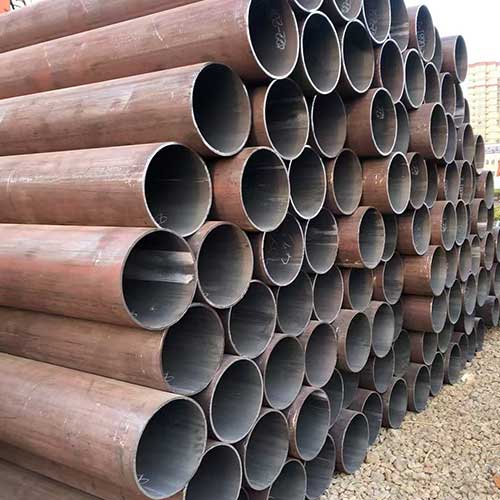

Mechanical Properties
The mechanical properties of carbon steel seamless pipes, such as tensile strength, yield strength, and elongation, are crucial factors to consider. These properties determine the pipe’s ability to withstand various stresses and loads.
Chemical Composition
The chemical composition of carbon steel, primarily the carbon content, affects the pipe’s hardness, strength, and weldability. Different applications may require different carbon content levels.
Dimensional Accuracy
The dimensional accuracy of the pipe, including its outer diameter, inner diameter, and wall thickness, is essential for ensuring a proper fit and function in the intended application.
Surface Finish
The surface finish of the pipe can affect its resistance to corrosion and its ability to be joined with other pipes or fittings.
End-Use Application
The specific requirements of the application, such as pressure ratings, temperature resistance, and compatibility with certain fluids, will influence the choice of carbon steel seamless pipes.
Benefits of Carbon Steel Seamless Pipes
Enhanced Durability
Carbon steel seamless pipes offer enhanced durability due to their seamless design, which eliminates the potential for seam failure and provides a uniform structure.
Pressure Resistance
These pipes can withstand high internal pressures without the risk of seam separation, making them ideal for pressurized systems.
Improved Safety
The lack of a weld seam reduces the risk of leaks and fractures, contributing to a safer and more reliable system.
Cost-Effectiveness
While initially more expensive than welded pipes, the long-term cost savings due to increased durability and lower maintenance requirements make seamless pipes a cost-effective choice.
Comparative Analysis of Carbon Steel Seamless Pipe Specifications
To assist in making an informed decision, we have compiled a comparative analysis of various carbon steel seamless pipe specifications.
| Specification | Description | Impact on Application |
|---|---|---|
| Wall Thickness | Determines the pipe’s ability to withstand pressure and loads | Thicker walls provide increased strength and durability |
| Outer Diameter | Affects the flow rate and compatibility with other system components | Larger diameters allow for higher flow rates |
| Material Grade | Indicates the specific carbon steel grade used | Different grades have varying levels of strength and corrosion resistance |
| Surface Treatment | Influences the pipe’s resistance to corrosion and environmental factors | Proper surface treatment can extend the pipe’s lifespan |
| Length | The standard length of the pipe | Longer lengths reduce the need for welding and potential leaks |
Applications of Carbon Steel Seamless Pipes
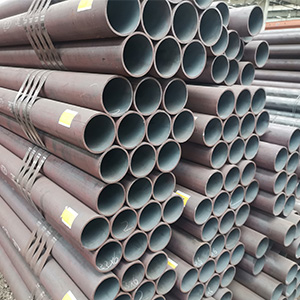
Oil and Gas Industry
Carbon steel seamless pipes are extensively used in the oil and gas industry for pipelines, drilling equipment, and transportation of hydrocarbons.
Construction
In construction, these pipes are used for structural support, scaffolding, and as conduits for electrical wiring.
Automotive Industry
Carbon steel seamless pipes are used in the manufacturing of automotive components, such as exhaust systems and driveshafts.
Power Generation
In power plants, these pipes are used for steam and water transportation, as well as in boiler construction.
Chemical Processing
For the transportation of chemicals and in chemical reactor construction, carbon steel seamless pipes provide the necessary strength and corrosion resistance.
Conclusion
Choosing the right carbon steel seamless pipes for your project is critical to ensuring the safety, efficiency, and longevity of your industrial system. By considering factors such as mechanical properties, chemical composition, dimensional accuracy, surface finish, and end-use application, you can select the optimal pipes for your needs. Carbon steel seamless pipes offer a range of benefits, including enhanced durability, pressure resistance, improved safety, and cost-effectiveness, making them a preferred choice in many industries.
FAQ
What are the main advantages of carbon steel seamless pipes over welded pipes?
The main advantages include enhanced durability due to the seamless design, higher pressure resistance, improved safety due to reduced risk of leaks, and cost-effectiveness over time.
How do I determine the correct size of carbon steel seamless pipe for my application?
Consider factors such as the flow rate, pressure requirements, and compatibility with other system components to determine the appropriate outer diameter, wall thickness, and length.
What surface treatments are available for carbon steel seamless pipes?
Common surface treatments include galvanizing, painting, and coating with anti-corrosion materials to extend the pipe’s lifespan and improve resistance to environmental factors.
Are carbon steel seamless pipes difficult to weld?
While carbon steel seamless pipes can be welded, the seamless design eliminates the weakest point of a weld seam, which can make them more reliable in high-pressure applications.
How do I ensure the quality of carbon steel seamless pipes I purchase?
Look for pipes that meet industry standards such as API Spec 5L, and consider working with reputable suppliers who offer quality certifications and testing reports.



